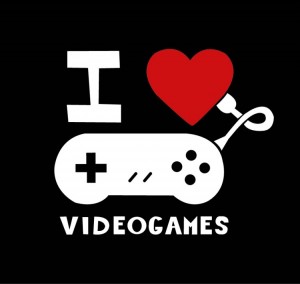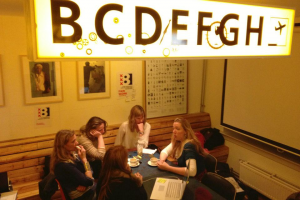One of the things out there that can give us more insight into coping by breaking a few things down is the structure of Primary and Secondary Appraisal (Chesney, Neilands, Chambers, Taylor, & Folkman, 2006). These are the two connected processes of looking at a situation to see if it is stressful and then deciding how to deal with it (being of aware of these two processes and being able to purposefully direct them would be meta-cognition).
 Primary Appraisal is where we ask ourselves “Do I care?”. If we think that yes, this does matter to us and that this might take a lot of resources than the situation is judged as possibly stressful.
Primary Appraisal is where we ask ourselves “Do I care?”. If we think that yes, this does matter to us and that this might take a lot of resources than the situation is judged as possibly stressful.
If so, secondary appraisal begins by asking “What can I do about it?”. Immediately tapping into your sense of control – or not – and your sense of self-efficacy – or not. It matters here that you value yourself and your skills and you recognize the abilities you have and foresee yourself applying them with vigour. It also matters that you see the situation for what it is and make a realistic judgement about how much of it can be changed. By you or by anyone else.
Secondary Appraisal continues into “What am I going to do about it?”. The answer to this question is your selected coping strategy – and more effort is not always the right answer. Sometimes in life there is really not much we can change about a situation. You would be better of trying to deal with it differently instead of trying to change it. There is no predetermined right or wrong coping strategy because it always depends. Mostly it depends on how much control you can have and how many resources you have available, emotional or otherwise.
 When you choose a coping strategy that matches the amount of control you have, we call this ‘adaptive coping’ and this leads to fewer negative psychological symptoms than ‘maladaptive coping’ (Park, Folkman & Bostrom, 2001). Adaptive coping might mean that you select to do nothing because there is nothing that can be done, except deal with how you feel about it.
When you choose a coping strategy that matches the amount of control you have, we call this ‘adaptive coping’ and this leads to fewer negative psychological symptoms than ‘maladaptive coping’ (Park, Folkman & Bostrom, 2001). Adaptive coping might mean that you select to do nothing because there is nothing that can be done, except deal with how you feel about it.
In my opinion this Secondary Appraisal process is most eloquently expressed in the Serenity Prayer (Reinhold Niebuhr, 1892-1971), famously used by Alcoholics Anonymous:
God, grant me the serenity to accept the things I cannot change,
The courage to change the things I can,
And the wisdom to know the difference.






